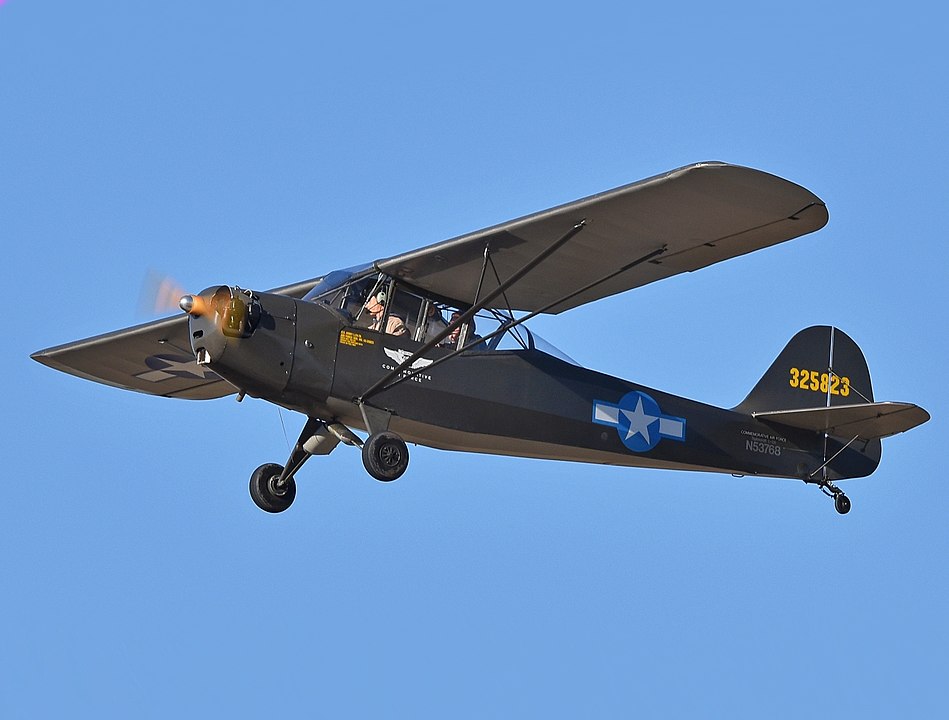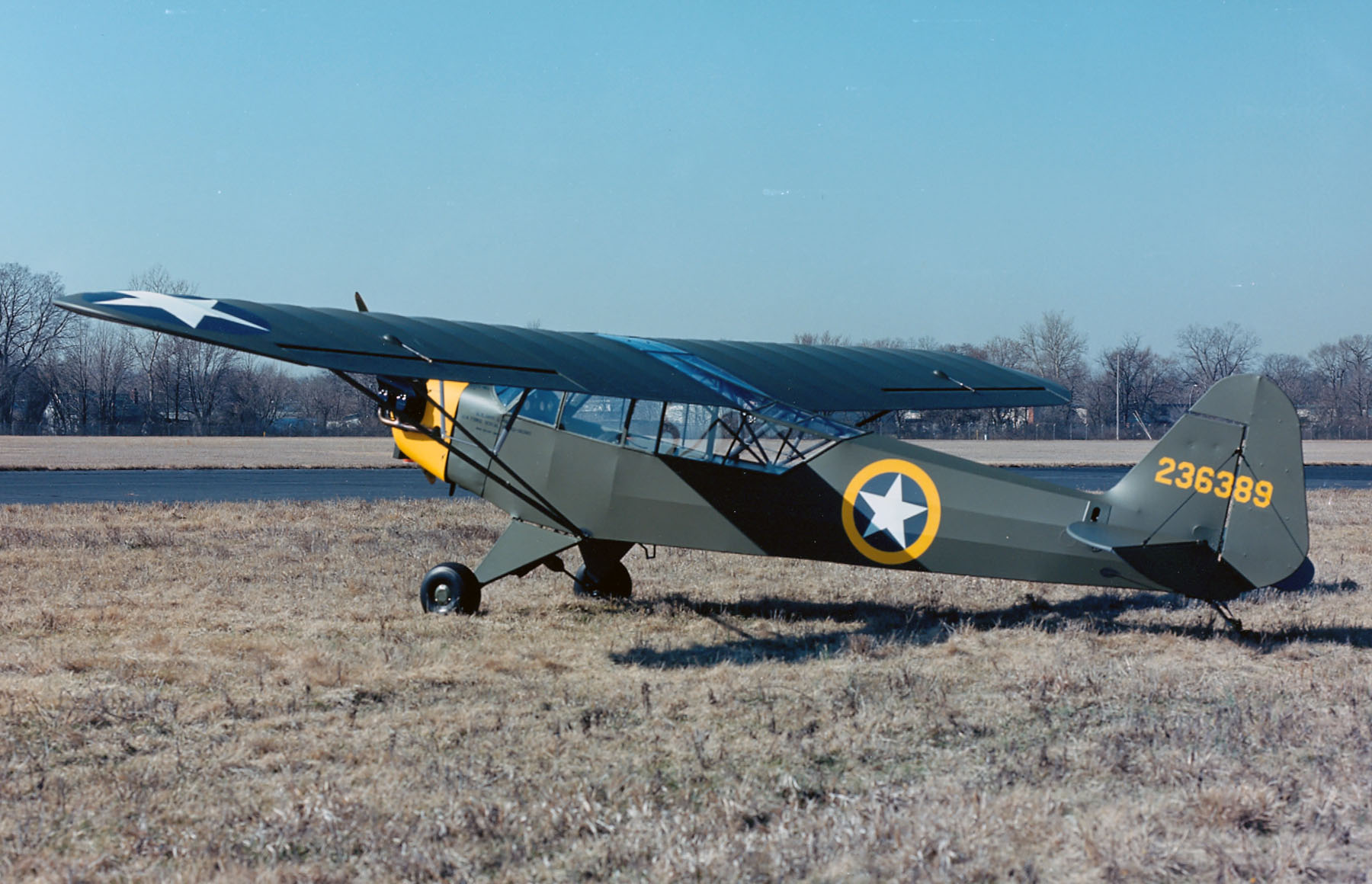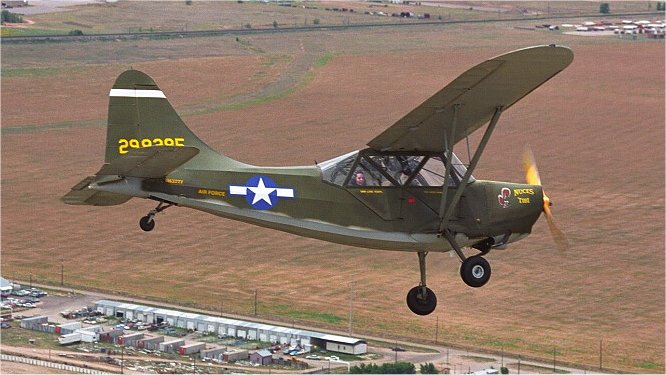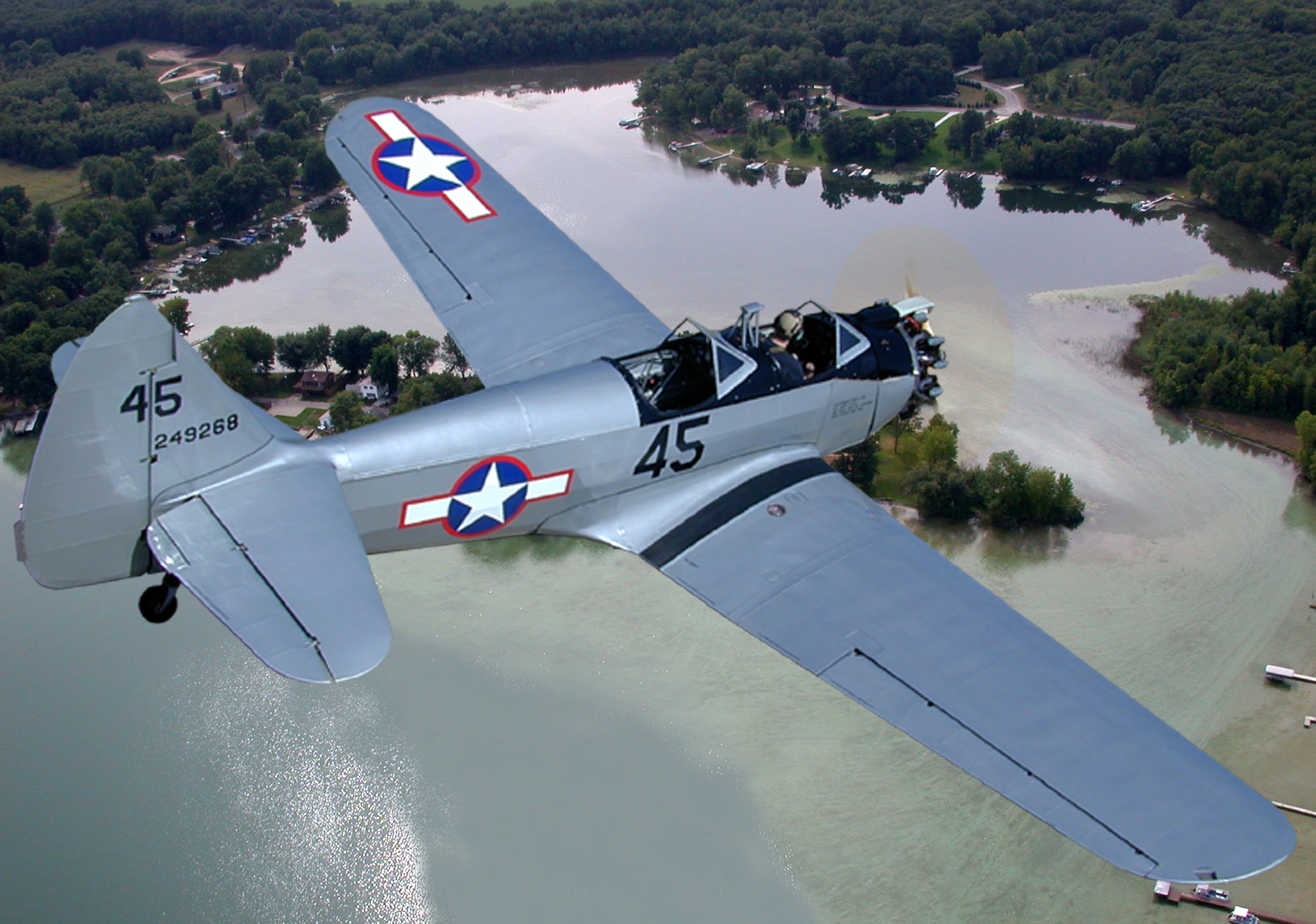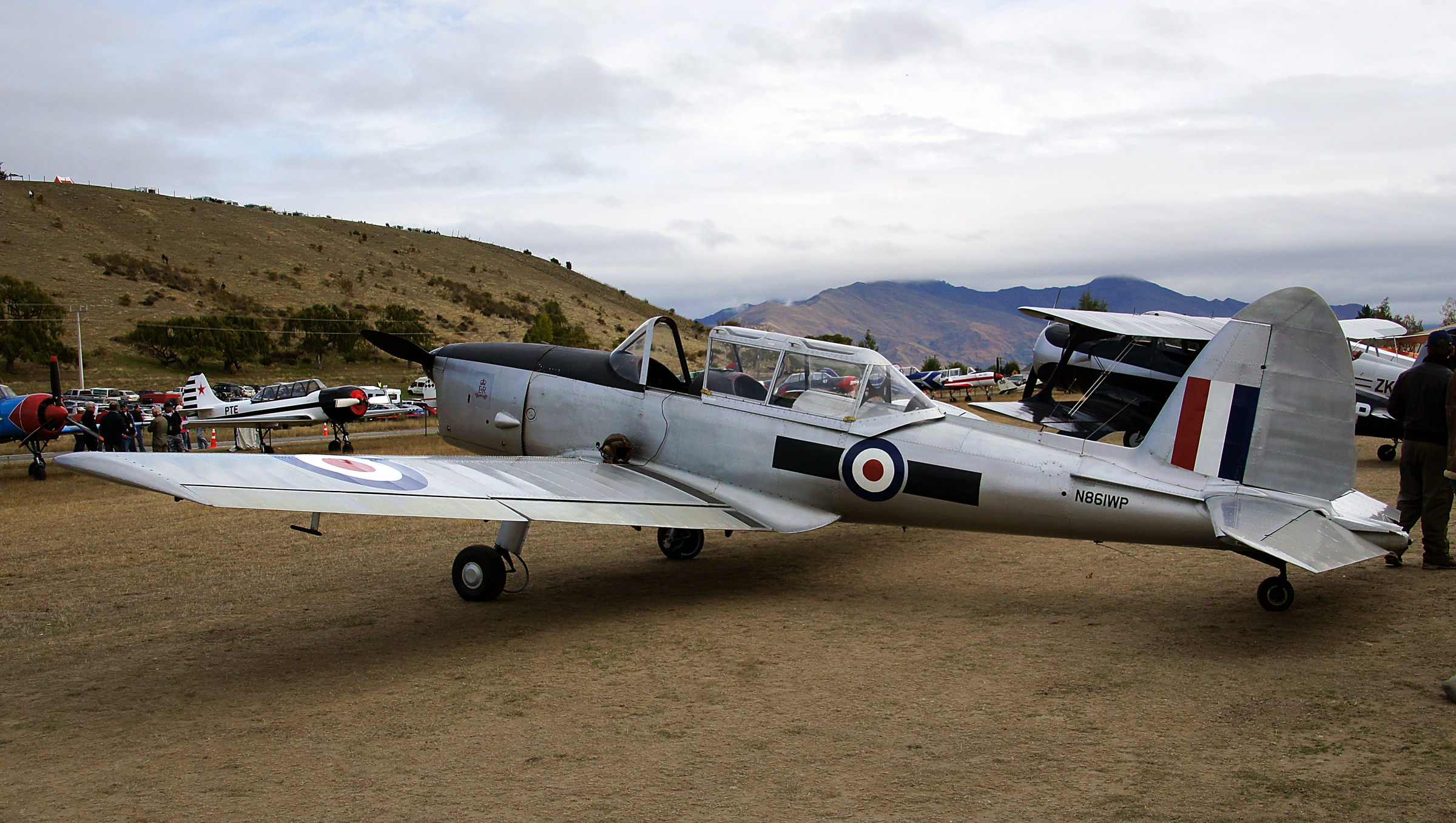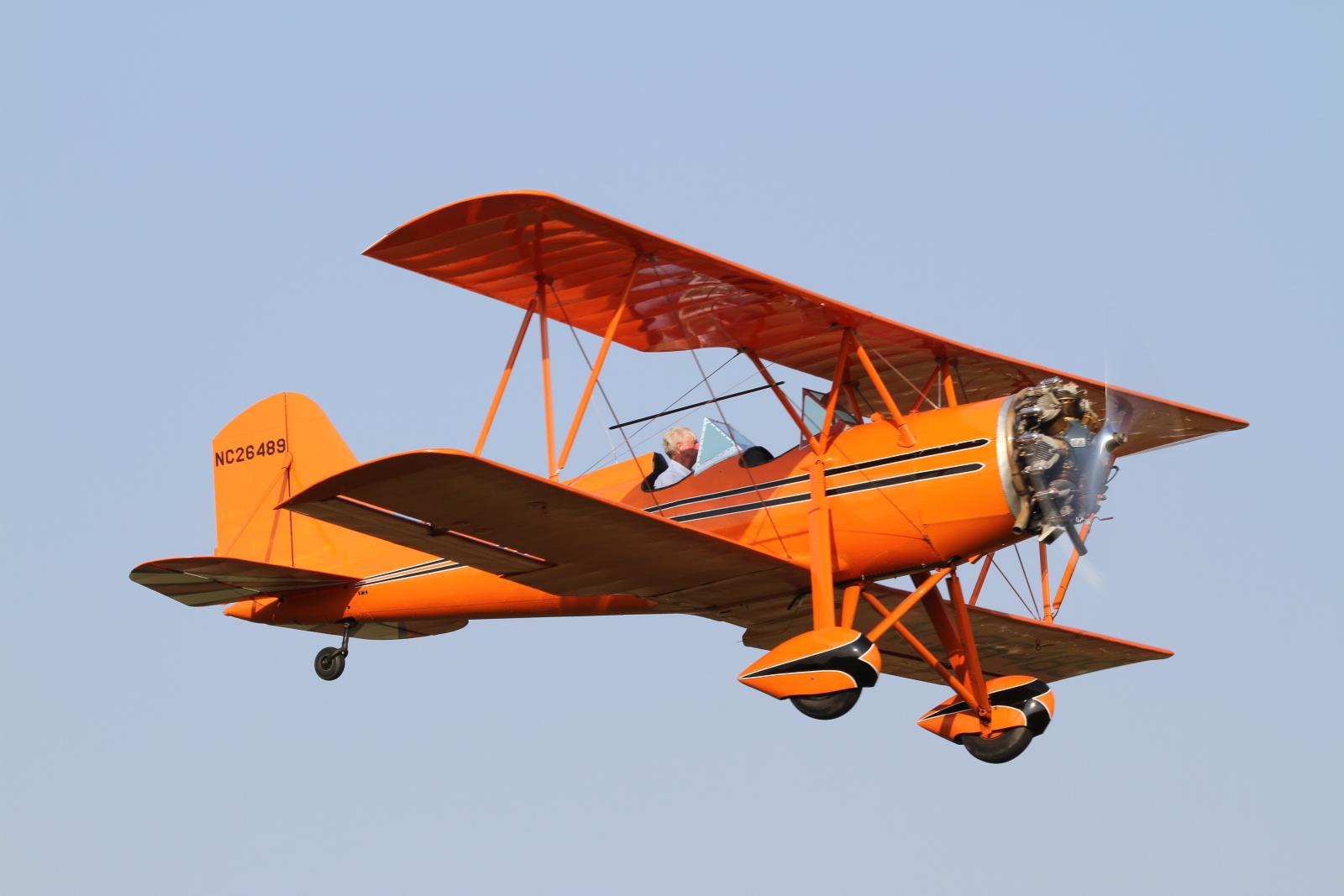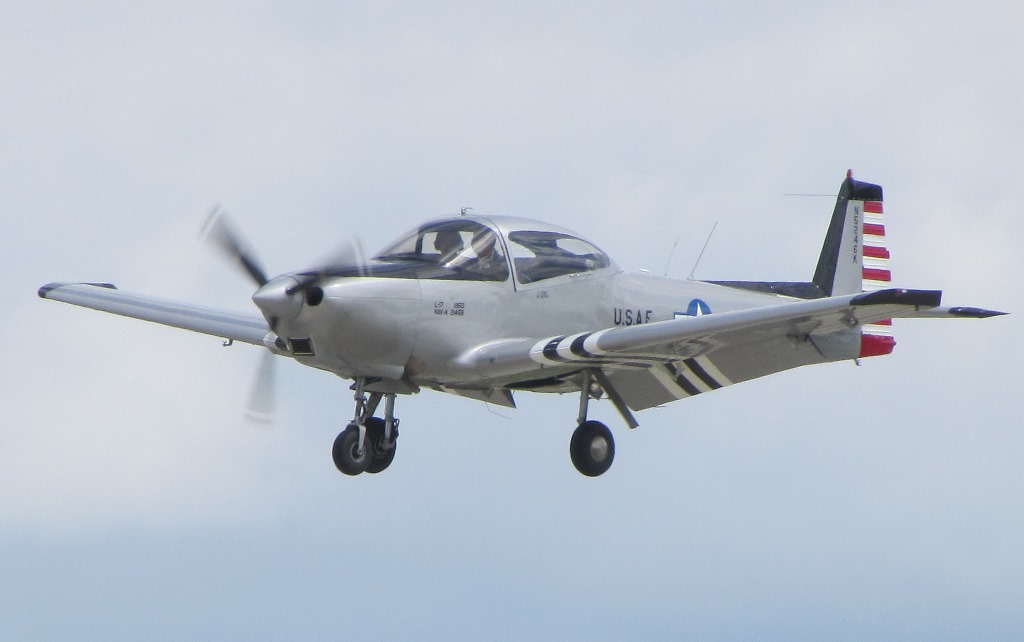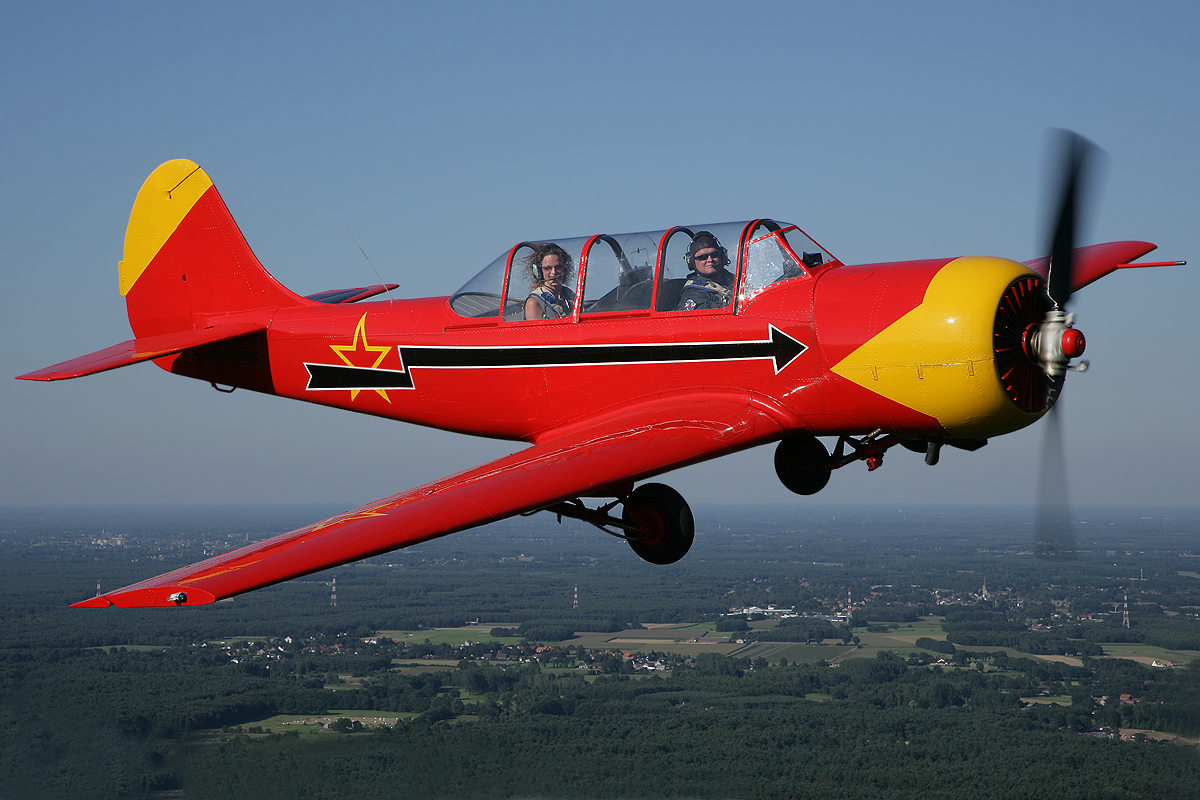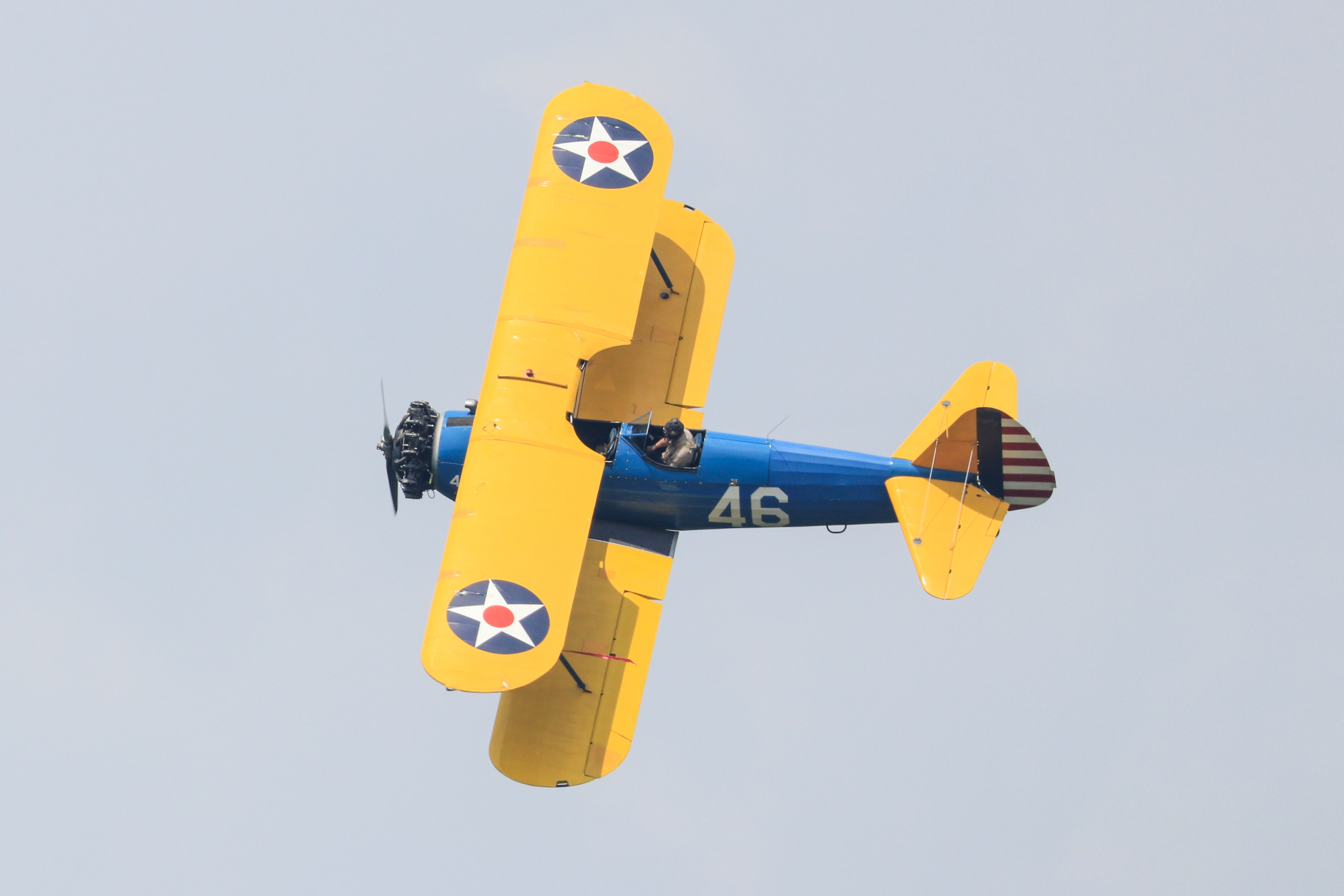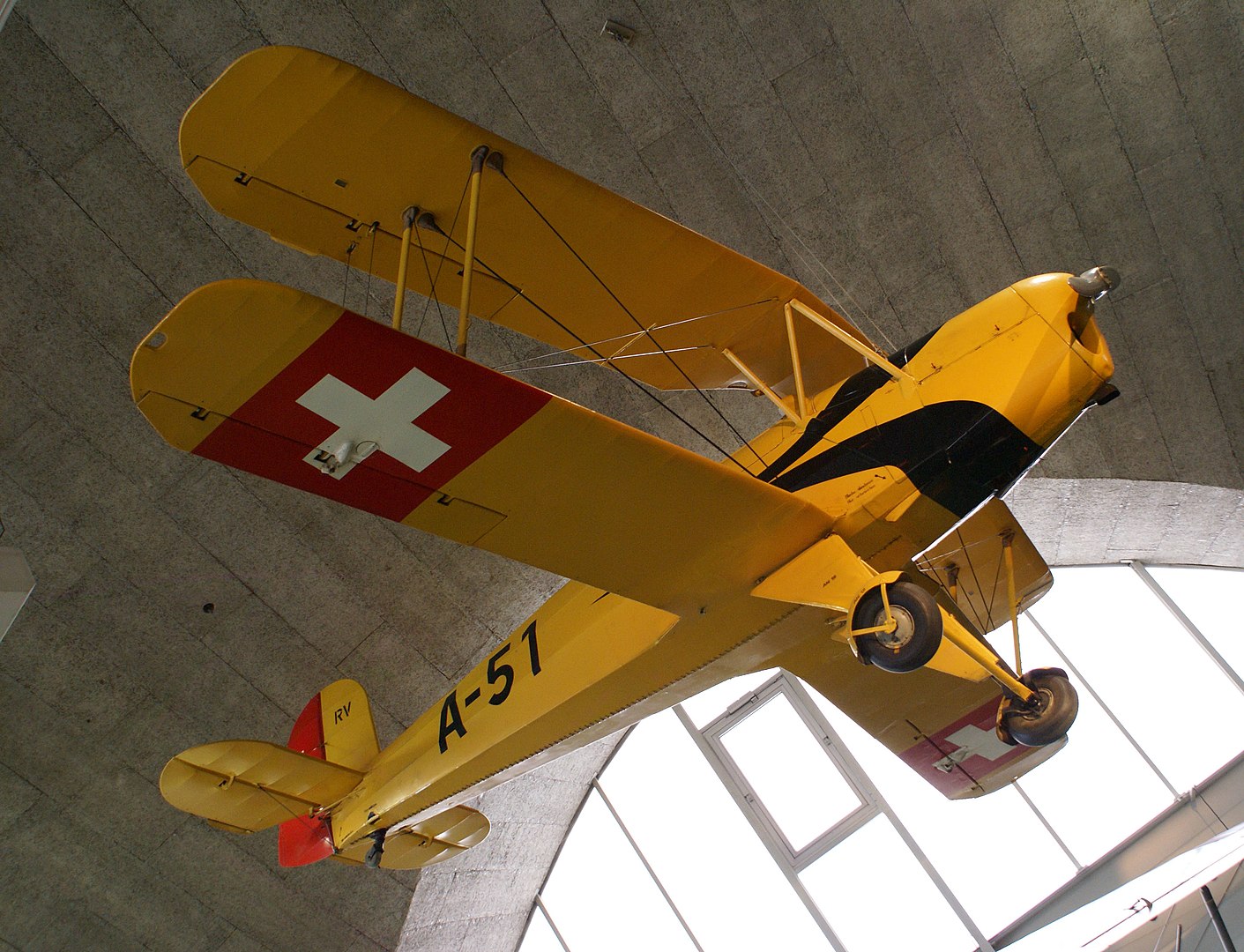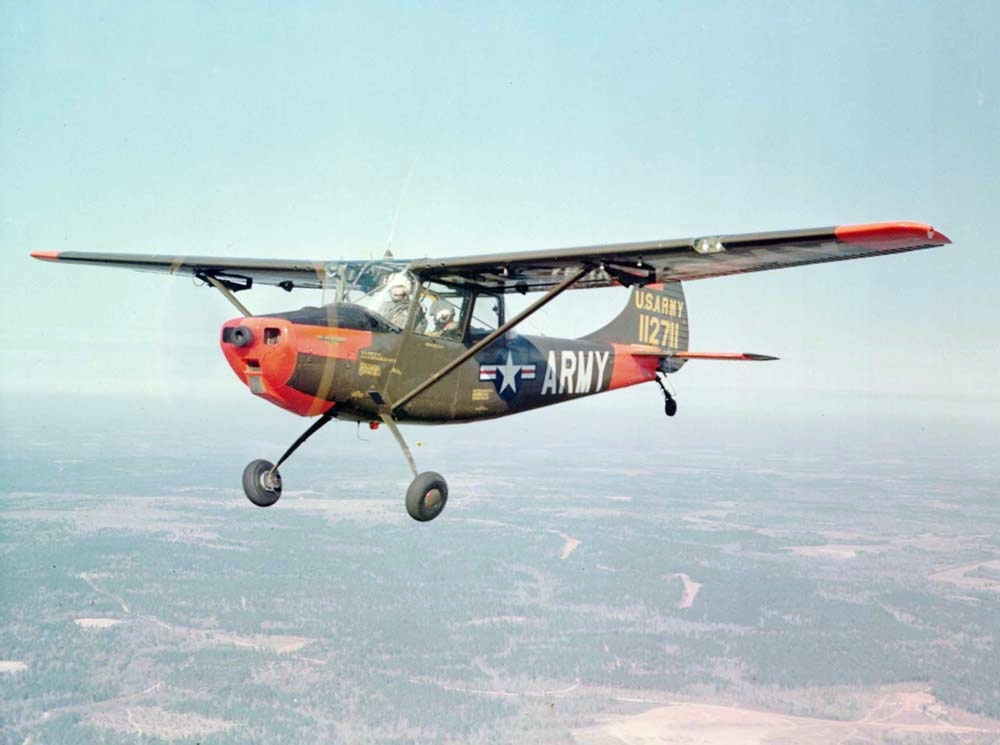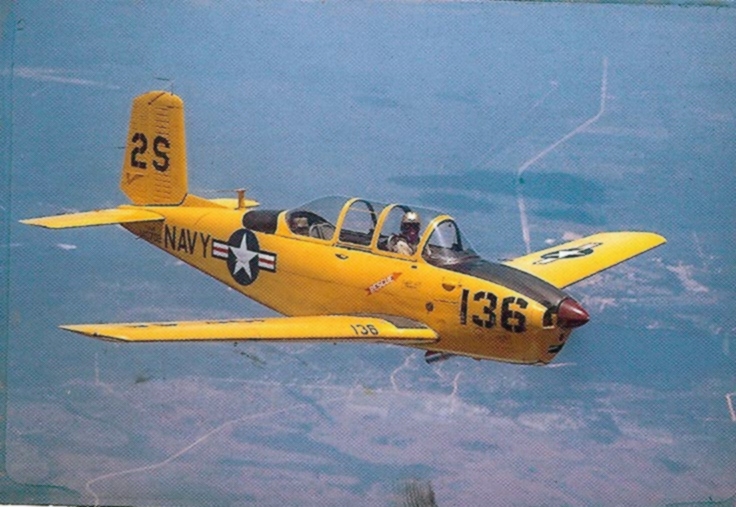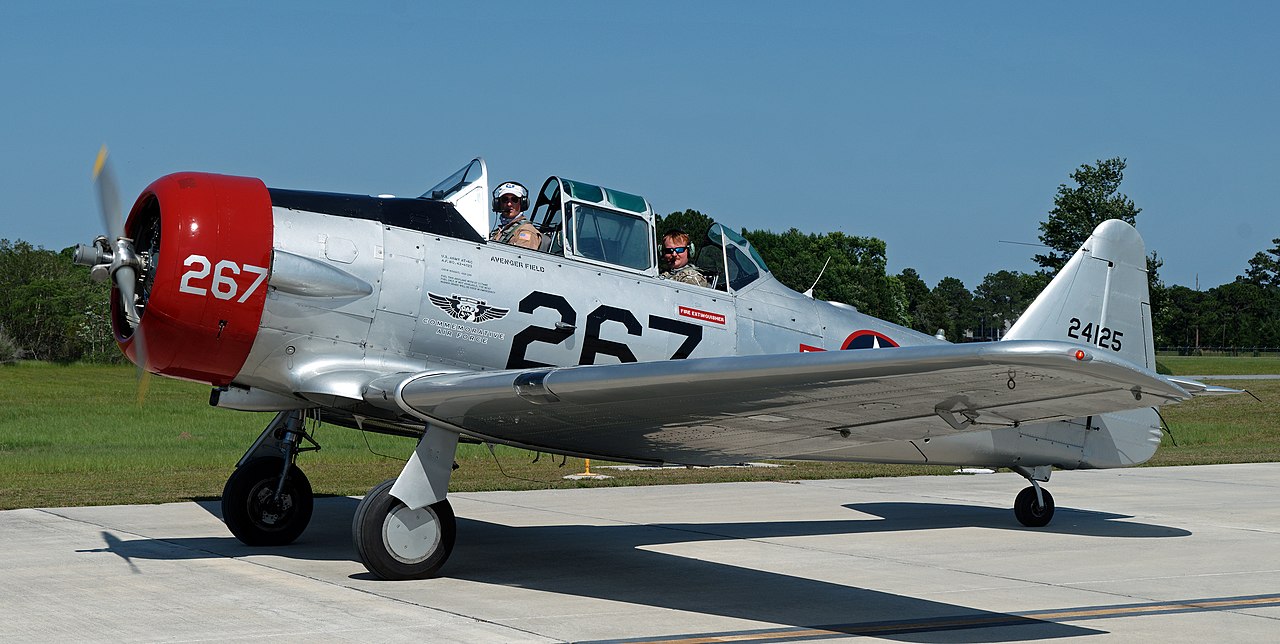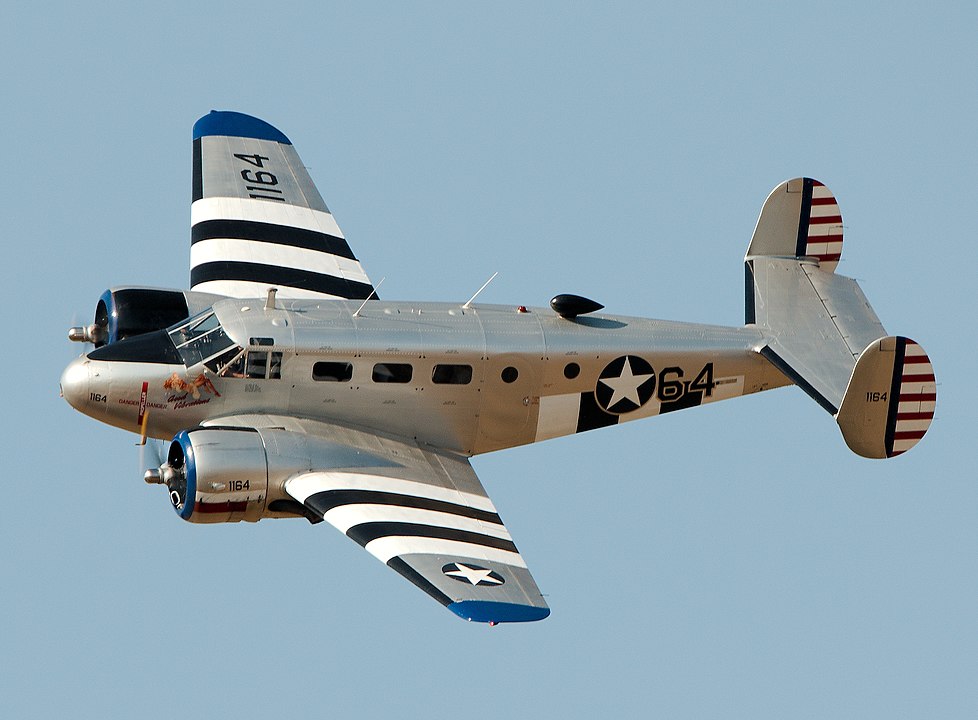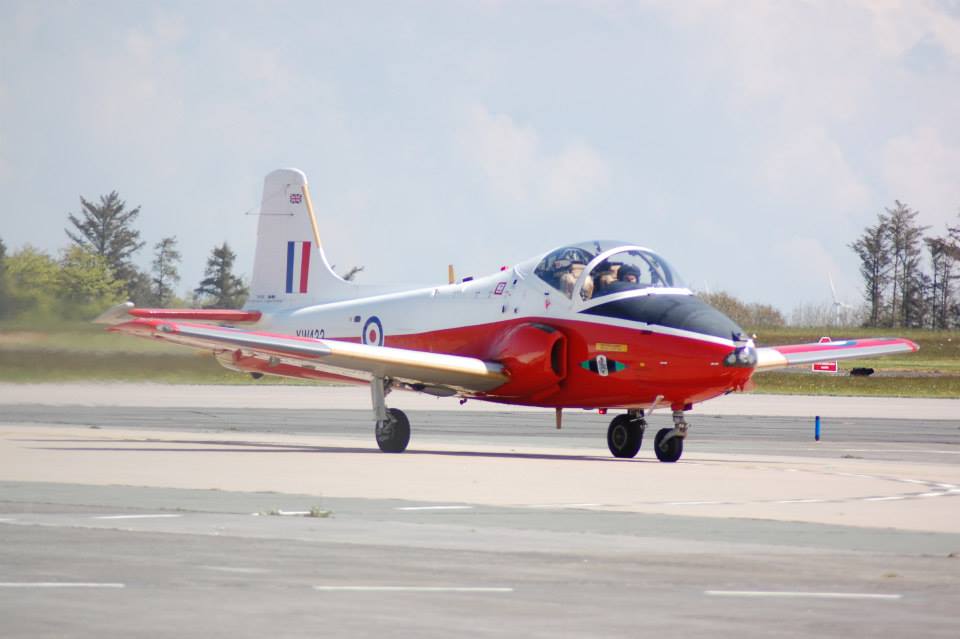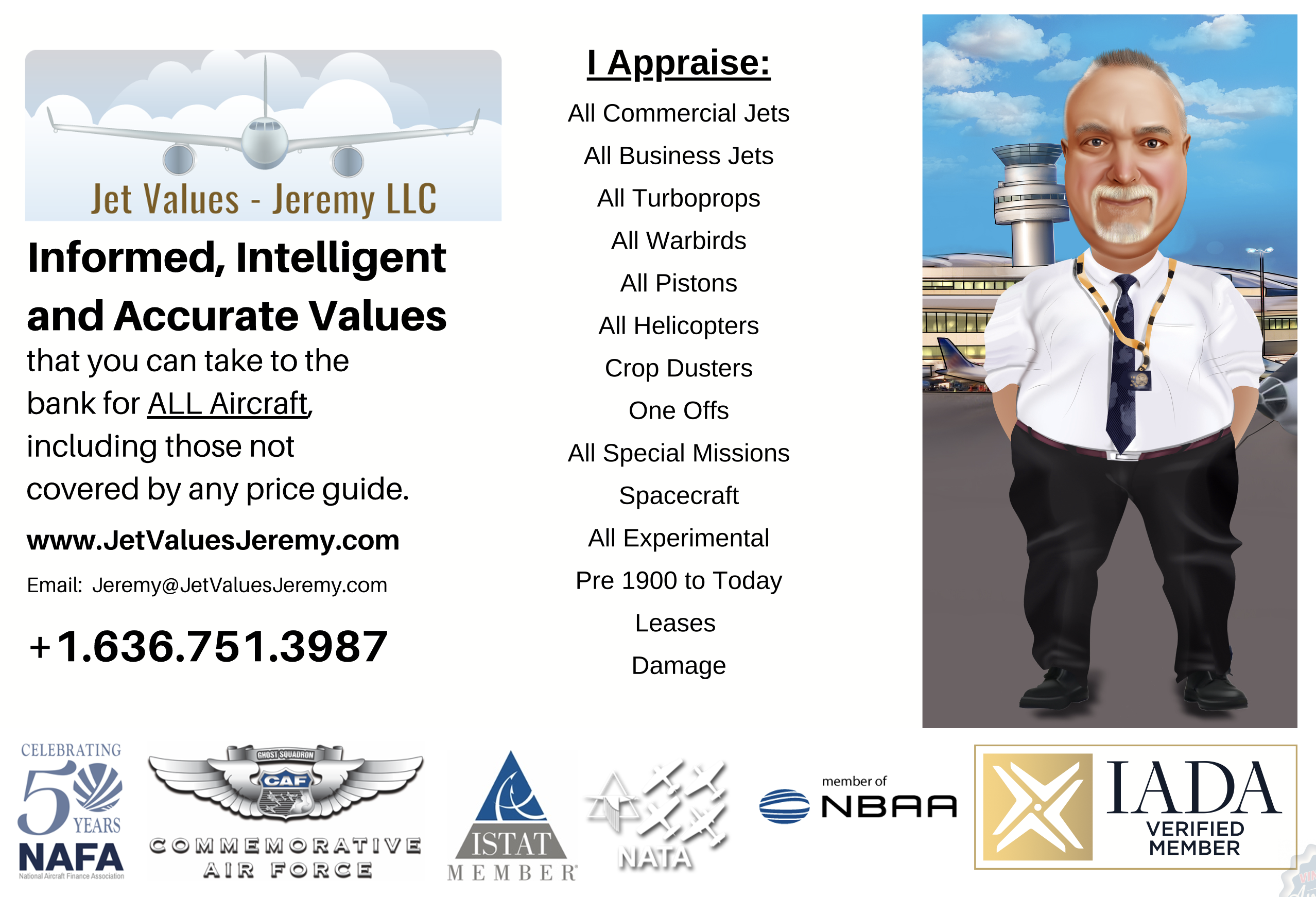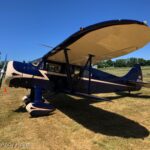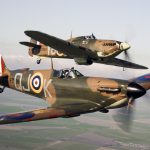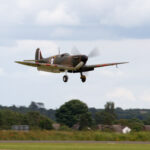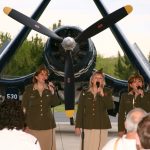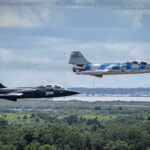by Jeremy Cox
Merriam-Webster defines the word ‘warbird’ simply “as a military airplane.” That being said, there are those who believe strongly that the term applies to any former military aircraft which is now under the ownership of private individuals. Such aircraft commonly appear at air shows or as exhibits within a flying museum. Personally, I believe Merriam-Webster’s definition is both succinct and correct.
As an accredited aircraft appraiser, my engagements occasionally require me to place a valuation on a warbird, whether it’s owned by a museum or an individual. The warbirds which I appraise are often valued in the millions of dollars. That being said, there are still many aircraft which fit the classification of ‘warbird’ which can be acquired for far lower fees, hence this article titled “Affordable Warbirds.”
While “affordable” is still a relative term, as ownership of almost any airworthy aircraft requires a significant investment, imagine a scenario where you, the reader, has a ‘windfall’ of $250,000 with which you could advance your dream of owning a warbird. I would like to share some options with you should you wish to devote a portion, or every dollar, of these new funds, into an ‘affordable’ warbird. If you require help in appraising your current aircraft or one which you would like to acquire, please feel free to contact me HERE.
Warbirds Below $50,000
Taylorcraft L-2 Grasshopper: Single-engine reciprocating, monoplane observation and liaison aircraft used by the U.S. Army Air Forces during World War II. Adapted for military use from the commercial, prewar Taylorcraft Tandem Trainer, the L-2 initially carried the designation O-57. The “L” for “liaison” replaced the “O” designation for “observation.” In the summer of 1941, the L-2 Grasshopper performed its service tests during US Army maneuvers in Louisiana and Texas, where it operated in various supporting roles, such as a light transport and courier. The L-2 was not used in combat or sent overseas during World War II, and it was only used for liaison pilot training. Taylorcraft built roughly 2,000 of these elegant monoplanes.
Aeronca L-3 Grasshopper: Single-engine reciprocating, monoplane observation and liaison aircraft operated by the U.S. Army Air Forces during World War II. The L-3, originally designated as the O-58, was the military version of the Aeronca Model 65 Defender. This high-wing, light aircraft could operate from small, hastily-improvised airfields. The Army ordered their first O-58s in 1941 to test the use of light aircraft for liaison and observation missions in direct support of ground forces. Between 1941 and 1943, the Aeronca Aircraft Corp. of Middletown, Ohio, built more than 1,400 examples for the Army; 875 of them L-3Bs.
Piper L-4 Grasshopper: Single-engine reciprocating, monoplane observation and liaison aircraft used by the U.S. Army Air Forces during World War II. The L-4A, originally designated the O-59, was the military version of the famous Piper J3 Cub. The U.S. Army Air Forces ordered their first O-59s in 1941 for tests in conjunction with its growing interest in the use of light aircraft for liaison and observation duties in direct support of ground forces. Between 1941 and 1945, the USAAF procured almost 6,000 examples.
Auster AOP-9 – Single-engine reciprocating, monoplane observation aircraft used by Britain’s Royal Air Force and Army Air Corps, amongst others, in various conflicts around the globe during the 1950s and 1960s. The type was operated by the Royal Hong Kong Auxiliary Air Force, the Indian Air Force, the Indian Army, and South African Air Force. Roughly 200 were built.
Stinson L-5 Sentinel: Single-engine reciprocating, monoplane liaison aircraft used by the U.S. Army Air Forces during World War II. The L-5 was the military version of the commercial Stinson 105 Voyager. The U.S. Army Air Forces purchased six Voyagers for testing in 1941, designating them as YO-54s; quantity orders for Sentinels began in 1942. Between 1942 and 1945, the USAAF ordered 3,590 L-5s, making it the service’s second most widely used liaison aircraft.
Warbirds Below $100,000
Ryan PT-22 Recruit: Improved from the earlier PT-16, the PT-22 was a military trainer aircraft used by the United States Army Air Corps and its successor, the United States Army Air Forces. It was the service’s first low wing monoplane used for primary pilot training and made for a smoother transition to the more demanding low-wing advanced trainers and fighters during World War II. The Army Air Forces accepted 1,023 PT-22s. Ryan also built additional variants for the U.S. Navy (as the NR-1), and as part of Lend/Lease contracts with China and other Allies.
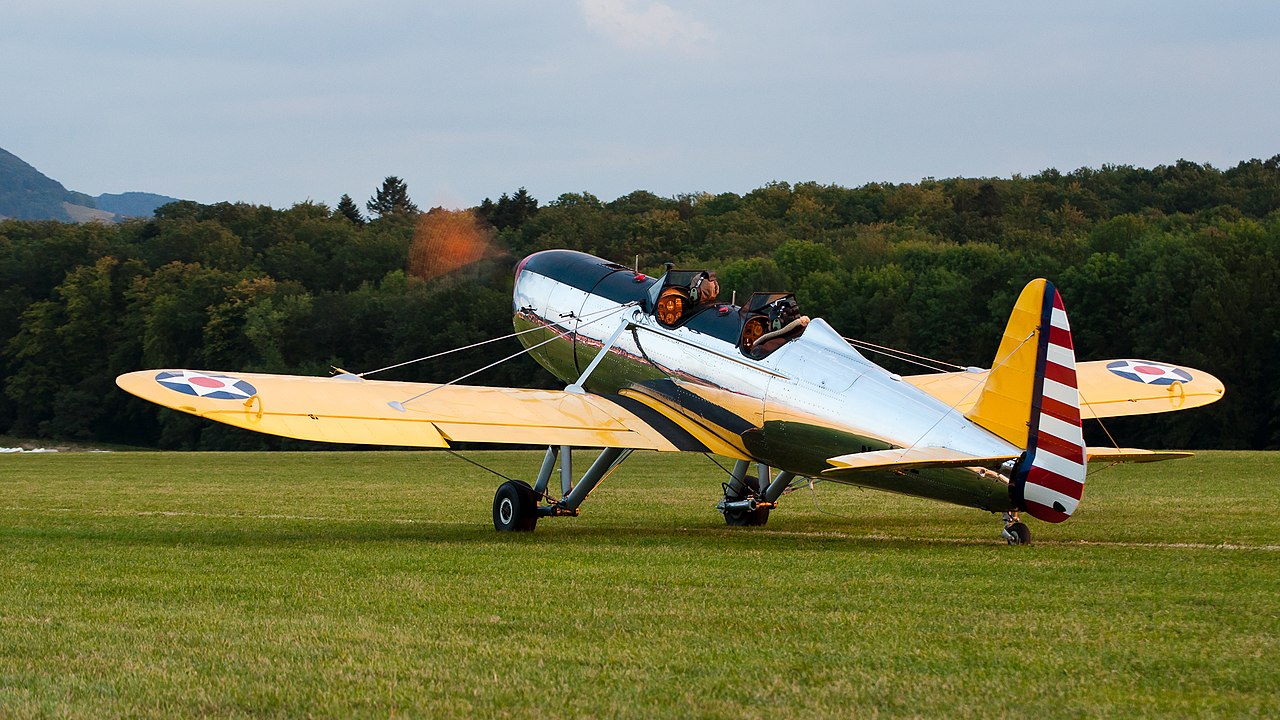
Fairchild PT-19 / PT-23 / PT-26 Cornell – Single-engine reciprocating, monoplane primary trainer used by the U.S. Army Air Forces during World War II. Fairchild developed the PT-19 to satisfy a 1938 military requirement for a rugged, monoplane primary trainer; it went into quantity production during 1940. From the basic PT-19, Fairchild produced two further variants: the PT-23 with a Continental radial engine, and the PT-26 which had an enclosed cockpit. Altogether the U.S. Army Air Forces accepted 7,742 Cornells, of which 4,889 were PT-19s. Additional Cornells went to Canada (which also produced them under license), Norway, Brazil, Ecuador, Chile and at least fifteen other nations.
de Havilland DH.82 Tiger Moth – Single-engine reciprocating, biplane primary trainer aircraft developed for Britain’s Royal Air Force. The type served in numerous other air arms such as the Royal Canadian Air Force, Royal Australian Air Force, and Royal New Zealand Air Force, amongst others – before, during, and after World War II. Production runs were also set up in Canada, Australia, New Zealand, Sweden, Portugal and Norway. During World War II, a majority of Royal Air Force pilots trained on Tiger Moths, including some of the Americans who flew with the RAF’s ‘Eagle Squadrons’ before the United States entered the war. Close to 10,000 were built.
deHavilland Canada DHC-1 Chipmunk – Single-engine reciprocating, monoplane primary trainer aircraft used by the Royal Canadian Air Force and Britain’s Royal Air Force, amongst many others, after World War II. Designed and built initially in Canada, the type was an immediate success and superseded the DH.82 Tiger Moth as a trainer in numerous air arms around the world. Close to 1,500 were built.
Meyers OTW- Single-engine radial, biplane primary trainer aircraft used by the U.S. Civilian Pilot Training Program (1938-1944.) The OTW (“Out To Win”) was an aircraft designed by Al Meyers in the mid-1930’s and first flew in May of 1936. It was originally intended to be an aerobatic sport plane. But, as war loomed on the horizon in Europe, it was soon designated as a primary trainer that could turn raw recruits into fully-fledged aviators as soon as possible. More than 100 were built.
North American/Ryan L-17 Navion: Single-Engine Reciprocating, Monoplane Trainer and Liaison aircraft used by the U.S. Army Air Forces, and subesquently, the United States Air Force after World War II. American military services used the L-17 from the late 1940s through the early 1960s for liaison, reconnaissance, light cargo, and forward air control (FAC) missions. Ryan Aeronautical Co., having bought the design and manufacturing rights from North American, built 164 improved L-17B Navions for the U.S. Air Force. Navion production ended in 1949, with roughly 300 examples having been built.
Yakolev/Aerostar Yak-52 – Single-Engine Radial, Monoplane Primary Trainer aircraft used by the Soviet Air Force, amongst others, from 1979 onwards. The Yakovlev Yak-52 is a Soviet primary trainer aircraft which first flew in 1976. The Romanian firm, Aerostar, which gained manufacturing rights under an agreement within the former COMECON socialist trade organization, also produced the type from 1977 to 1998, as the Iak-52. All told, more than 2,000 examples of the breed rolled from the various production lines.
Nanchang CJ-6: Single-Engine Radial, Monoplane Primary Trainer aircraft used by the People’s Liberation Army Air Force ( Chinese Air Force), amongst others from 1960 onwards. The Chuji Jiaolian-6, abbreviated as CJ-6, is a two-seat basic trainer and light attack aircraft designed and manufactured by the Chinese company Hongdu Aviation Industry Group (formerly known as the Nanchang Aircraft Manufacturing Corporation) for the People’s Liberation Army Air Force (PLAAF). It was built to supersede its forerunner, the Nanchang CJ-5 trainer, a license-built model of the Yak-18. More than 2,500 were built.
Warbirds Below $200,000
Stearman (Boeing) Model 75/Kaydet – Single-Engine Radial, Biplane Primary Trainer aircraft used by the U.S. Army Air Corps (and its subsequent incarnations), the U.S. Navy, Royal Canadian Air Force, amongst many others – before, during, and after World War II. The Kaydet, a two-seater biplane introduced by Boeing’s Stearman Aircraft Division in Wichita, Kansas during 1934, became an unexpected success during World War II. Despite its almost obsolete design, its simple, rugged construction made it ideal as a trainer for novice pilots for the U.S. Army Air Corps (PT-13/-17) and Navy (NS/N2S). Kaydets had fabric-covered, wooden wings, fixed single-leg landing gear, and an over-built, welded-steel tube fuselage. Only radial engines were used. Between 1936 and 1944, Boeing built 8,584 Kaydets, in all variants, plus the equivalent of 2,000 more as spare parts.
Bücker Bü 131 Jungmann: Single-Engine Reciprocating, Biplane Primary Trainer aircraft used by Germany’s Luftwaffe, amongst others – before and during World War II. The type’s first flight took place on 27 April 1934 and the Luftwaffe began fielding it as a primary basic trainer the following year. Variants were built under license in Spain and handful of other countries. The Jungmann is prized for its outstanding handling characteristics when compared to other antique biplanes of its era and even some modern aerobatic types. More than 5,000 were built.
Cessna L-19 Bird Dog: – The Cessna L-19 Bird Dog was a relatively simple, strut-braced, high-wing, single-engine aircraft mainly used by American forces in the observation and Forward Air Control mission. Bird Dogs contributed significantly to FAC and personnel rescue missions during the Vietnam War. The L-19 was a version of Cessna’s popular Model 170 (C-170) with most of the civilian niceties removed and optimized for military use. Close to 3,500 were built.
Beech T-34 Mentor: The T-34 Mentor is a single-engine, basic trainer aircraft designed and manufactured by the Beechcraft Aircraft Company (now known as Hawker Beechcraft) for the United States Air Force (USAF) and the United States Navy (USN). Its design derives from the civilian Beechcraft Bonanza. About 2,300 T-34s were built between 1953 and 1959.
North American AT-6 Texan/SNJ/Harvard: North American Aviation’s AT-6 Texan two-place advanced trainer served as a flying classroom to a majority of the Allied pilots who flew in World War II. Designated as the SNJ in the U.S. Navy and the Harvard in Britain’s Royal Air Force, the AT-6 advanced trainer was designed to help transition student pilots from their basic trainers to the high performance aircraft which they would fly in combat. The U.S. Air Force redesignated the type as the T-6 in 1948. In all, the T-6 variants trained several hundred thousand pilots in 34 different countries over a period of 25 years. In all, North American Aviation, and a handful of other manufacturers overseas, built a total of 15,495 examples of this seminal design. Although famous for its training role, variants of the type also served in combat during World War II, the Korean War, and in a number of other, small-scale, post-WWII conflicts.
Cessna O-2 Skymaster: Multi-Engine Reciprocating, Monoplane Observation aircraft used by the U.S. Air Force and numerous other air arms around the world. In late 1966, the U.S. Air Force selected a military variant of the Cessna Model 337 Super Skymaster, designating it the O-2, to supplement the O-1 Bird Dog in the forward air controller (FAC) role in the Vietnam War. Distinguished by its twin tail booms and tandem-mounted engines, it featured a tractor-pusher propeller arrangement. More than 500 were built.
Beech C-45 Expeditor, AT-7 and UC-45 Navigator, AT-11 and SNB-1 Kansan, Beech Model 18: Multi-Engine Radial, Monoplane Trainer, Transport, and Utility aircraft used by the U.S. Army Air Force, the U.S. Navy, the British Royal Air Force, and the Royal Canadian Air Force, amongst others – before, during, and after World War II. The C-45 was the World War II military version of the popular Beechcraft Model 18 commercial light transport. Beech built a total of 4,526 of these aircraft for the Army Air Forces between 1939 and 1945 in four versions, the AT-7 Navigator navigation trainer, the AT-11 Kansan bombing-gunnery trainer, the C-45 Expeditor utility transport and the F-2 for aerial photography and mapping. The AT-7 and AT-11 versions were well-known to WWII navigators and bombardiers, for most of these men received their training in the type. Thousands of Army Air Forces pilot cadets also received their advanced training in twin-engined Beech airplanes.
BAC Jet Provost – Single-Engine Turbojet, Monoplane Primary Jet Trainer, and Close Air Support/Air Strike aircraft used by Britain’s Royal Air Force, amongst others; the type superseded the Percival P.56 Piston Provost. Hunting Percival’s Jet Provost initiated as a jet engine-powered development of the piston-engined Percival P.56 Provost. It retained the earlier design’s original wing structure mated to a brand new fuselage. It was built as a private venture by Hunting Percival Aircraft Limited at Luton Airport near London. The aircraft was developed in liaison with the RAF Flying Training Command to ensure that it incorporated many of the desired characteristics required, such as easy instructional processes and low cost of maintenance. Hunting Jet Provosts remain in service into the 1990’s and, due to their easy, inexpensive maintenance, a number still remain in flying and taxiable condition in private hands today. More than 700 were built.
(Image Credit : Classic Air Force Museum)
Fouga CM.170 Magister – Multi-Engine Turbojet, Monoplane Primary Jet Trainer, and Close Air Support/Air Strike aircraft used by the French Air Force, Israeli Air Force, German Air Force, Finnish Air Force, and the Salvadoran Air Force, amongst others – in various conflicts during the 1960s and 1970s, including the Congo Crisis, the Six-Day War, and the Salvadoran Civil War. Almost 1,000 were built.
Warbirds up-to $250,000
Messerschmitt Bf 108 Taifun/Nord Pingouin and Noralpha: Single-Engine Reciprocating, Monoplane Liaison aircraft used by Germany’s Luftwaffe and France’s Armee de l’Air amongst others before, during and after World War II. During World War II, Bf 108 production moved from Germany into occupied France, with manufacturing continuing into early 1944. The total number of aircraft built in Germany (and occupied France) is estimated at 885 units, with some 285 manufactured in France after the war as the Nord 1000 Pingouin (Penguin).
Percival P.56 Piston Provost: Single-Engine Radial, Monoplane Primary Trainer aircraft used by Britain’s Royal Air Force amongst others between 1950 and 1970. Percival Aircraft’s P.56 Provost (often referred to as the ‘Piston Provost’) was designed to Air Ministry Specification T.16/48, issued in 1948 calling for a single engine basic trainer as a replacement for the Percival Prentice. Almost 500 were built.
North American T-28 Trojan: Single-Engine Radial, Monoplane Primary/Advanced Trainer and Light Attack aircraft used by the U.S. Air Force, the U.S. Navy, amongst others in the Vietnam War and other conflicts during the 1960s and 1970s. The type superseded the North American T-6 Texan/SNJ/Harvard in the advanced pilot training role. Close to 2,000 were built.
Douglas DC-3/C-47 Skytrain: Multi-Engine Radial, Monoplane Transport aircraft used by the U.S. Army Air Forces, U.S. Navy, Britain’s Royal Air Force, and the Royal Canadian Air Force, amongst others – during, and after World War II. The type was easily the most important aircraft of WWII, and perhaps the most important design ever conceived. More than 10,000 were built.
While this is just a small sampling of the ‘affordable’ warbird types available today, it is also important to remember that there are some examples of each type listed above which have unique, historical Provenance or an exceptional quality (sometimes both). Such aircraft can often command significantly higher selling values that the price brackets listed above. If you require help in appraising your current aircraft or one that you are interested in purchasing, please feel free to contact me HERE.








